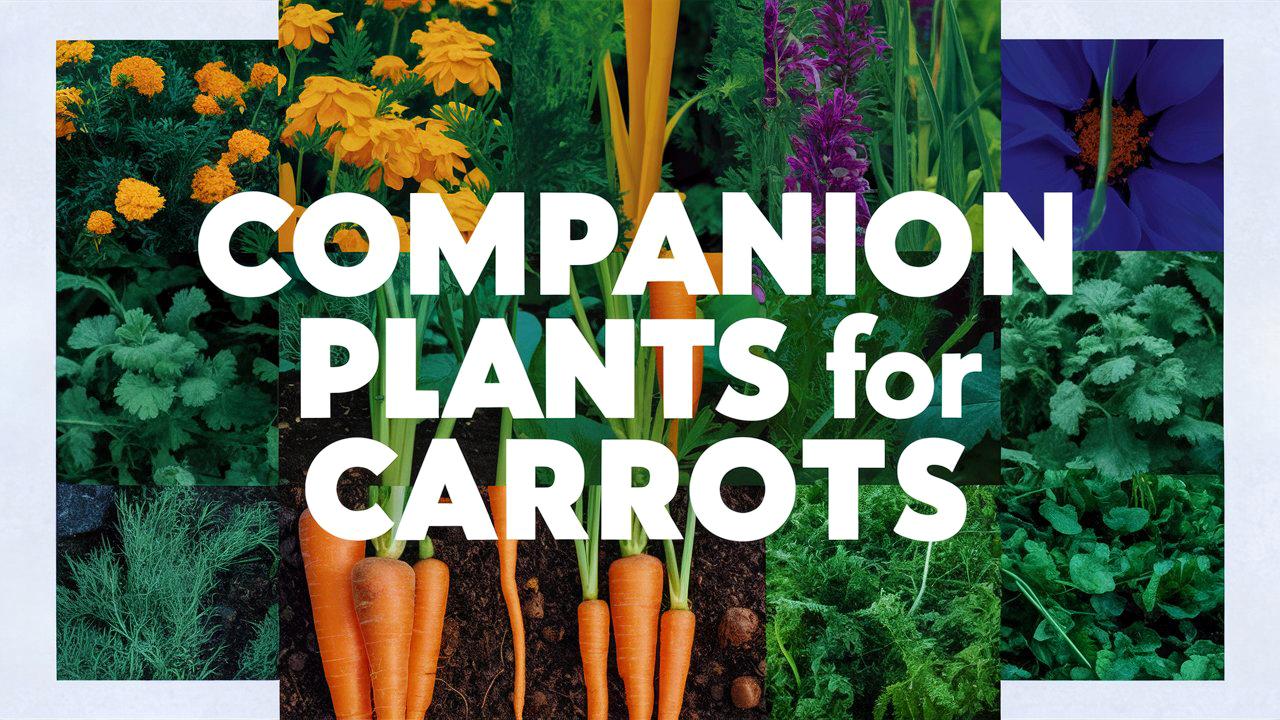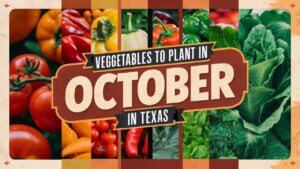Carrots (Daucus carota) are a staple in many home gardens, prized for their crisp texture, sweet flavor, and versatility in the kitchen. However, cultivating a successful crop of carrots goes beyond simply sowing seeds into the ground. One crucial aspect of vegetable gardening that can significantly enhance the growth, health, and yield of carrots is companion planting.
Companion planting involves placing different plants in proximity to one another to reap benefits such as pest deterrence, improved growth, and enhanced flavor. In this detailed guide, we will dig into the many companion plants that can help your carrot harvest flourish, examining both flower and herb companions as well as vegetable allies. Additionally, we’ll discuss plants that should be avoided to ensure a successful crop.
Flower and Herb Companions
Marigolds
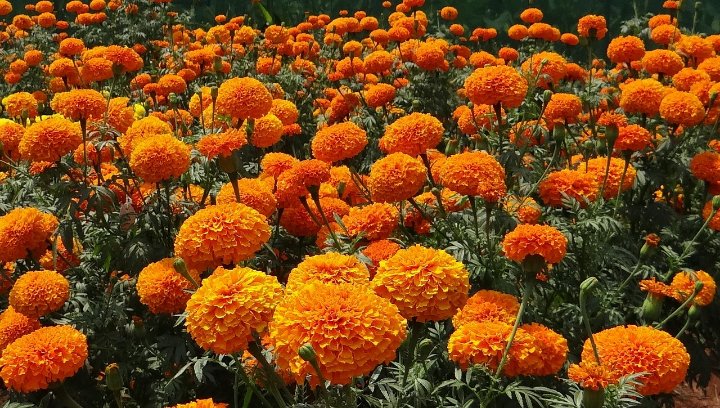
One of the most popular companion plants for carrots are marigolds (Tagetes spp.). These vibrant flowers are not only aesthetically pleasing but also serve practical purposes in your garden. Marigolds are particularly effective at repelling nematodes—microscopic roundworms that can cause significant damage to carrot roots.
The marigold’s strong scent confuses these pests, driving them away from your carrots. Furthermore, they attract beneficial insects like ladybugs and lacewings, which prey on aphids and other harmful pests. Plant marigolds around your carrot patches to create a protective border that not only looks beautiful but also helps promote a healthy growing environment.
Oregano
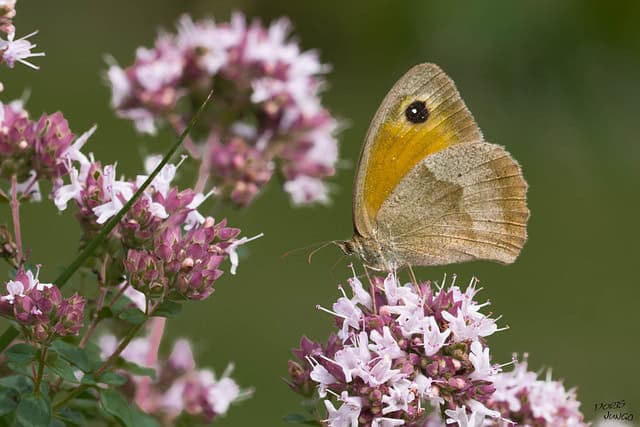
Oregano (Origanum vulgare) is another fantastic herb that can support the growth of carrots. This aromatic herb has natural pest-repelling properties, particularly against aphids and spider mites, common pests that invade carrot crops.
In addition to deterring pests, oregano’s deep root system aids in aerating the soil, improving drainage and allowing carrot roots to develop more efficiently. Furthermore, when allowed to flower, oregano becomes a magnet for pollinators, promoting biodiversity in your garden. Incorporate oregano within your carrot rows or nearby to enjoy its many benefits.
Cilantro
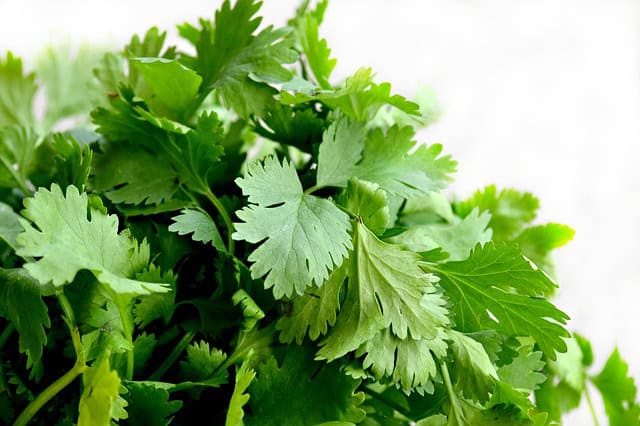
Cilantro (Coriandrum sativum), also known as coriander in its seed form, is a versatile herb that can enhance carrot cultivation. The scent of cilantro is known to confuse pests like carrot flies, making it an excellent companion for protecting young carrot plants from this particularly notorious threat.
Moreover, cilantro attracts beneficial insects, including predatory wasps and hoverflies, which help control pest populations. Additionally, its fast growth means it can be sown alongside carrots at the same time, providing a dual crop option. Cilantro thrives in similar growing conditions to carrots, making it a seamless addition to your planting strategy.
Borage
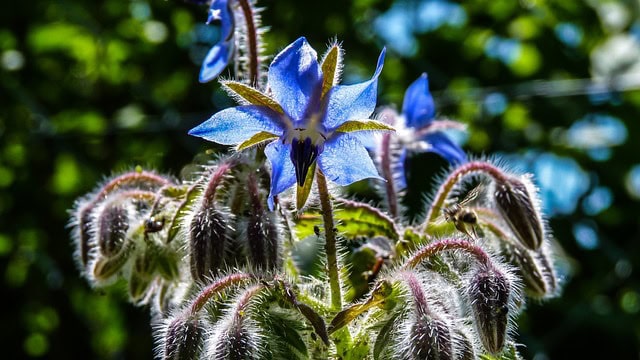
Borage (Borago officinalis) is a lesser-known yet powerful companion plant for carrots. This herbaceous plant is acclaimed for its ability to enhance soil health, primarily due to its deep taproot which helps break up compacted soil, allowing carrots to penetrate deeply and grow larger.
Borage flowers are incredibly attractive to pollinators such as bees, improving the overall pollination rates in the vicinity. This influx of pollinating insects can indirectly benefit the growth of your carrots, particularly if you are growing plants that require pollination in the same garden space. Additionally, borage can deter pest insects like the tomato hornworm, making it a multifaceted ally in your garden.
Daffodils
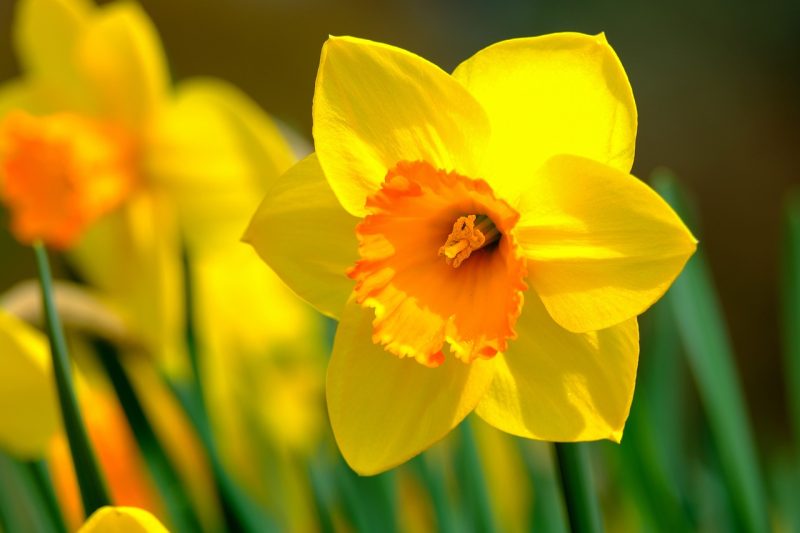
While typically recognized as ornamental plants, daffodils (Narcissus spp.) can provide significant benefits to your carrot crop as well. Daffodils are known for their ability to deter rodents and larger pests like rabbits and deer, which can cause chaos in a carrot patch.
The presence of daffodils can enhance your garden’s aesthetic while simultaneously serving as a natural barrier against unwanted herbivores. When planted around the edges of your carrot bed, they can help protect sensitive young carrot plants until they are more established and resilient.
Rosemary

Rosemary (Salvia rosmarinus) is another herb with valuable properties that make it a good companion for carrots. This aromatic herb emits a strong fragrance that can help mask the scent of carrots, making it harder for pests such as carrot flies to locate them.
Furthermore, rosemary serves as a habitat for beneficial insects like spiders and wasps, which contribute to controlling pest populations. Additionally, rosemary has a relatively low water requirement, which can be beneficial when growing carrots—we all know that plants compete for water. Placing rosemary strategically around your carrot patch can help create a harmonious garden environment.
Vegetable Companions
Tomatoes
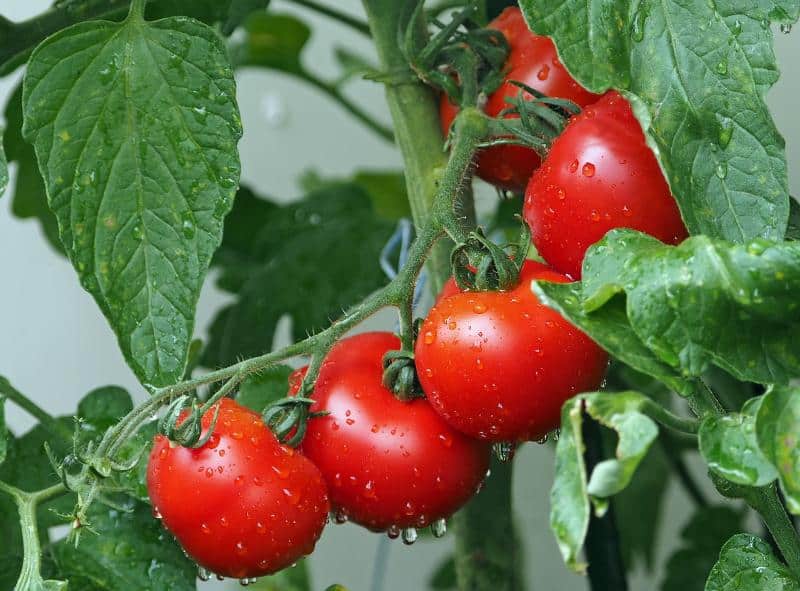
Tomatoes (Solanum lycopersicum) are a popular vegetable in home gardens, and they can be fantastic partners for carrots. Despite some concerns about competitive growth, tomatoes and carrots coexist harmoniously as they occupy different ecological niches; tomatoes grow above ground while carrots grow below.
Tomatoes have also been shown to deter pests due to their strong aroma. Additionally, when grown in tandem, the vertical growth of tomatoes can provide shade to carrot seedlings, reducing the risk of bolting from excessive heat. Just ensure that tomato plants receive adequate sunlight and aren’t planted too densely, so they don’t create excessive shade.
Onion
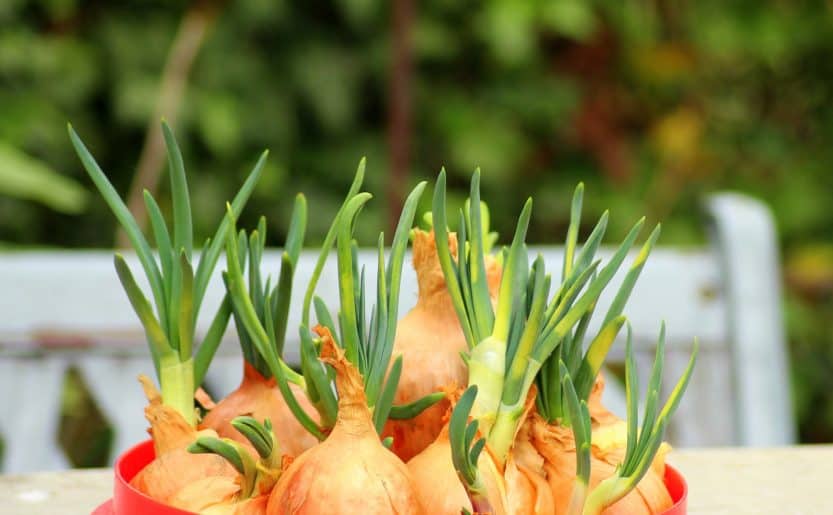
Onions (Allium cepa) and carrots are often mentioned together in the context of companion planting. The sulfur compounds that onions release can repel carrot flies, a notorious pest that threatens root vegetable crops.
Planting onions alongside your carrot rows helps to confuse and deter these pests, allowing your carrots to grow unbothered. Additionally, since onions have a shallow root system compared to carrots, they will not compete significantly for nutrients. This compatibility makes onions an ideal choice for planting in close proximity to carrots.
Scallions
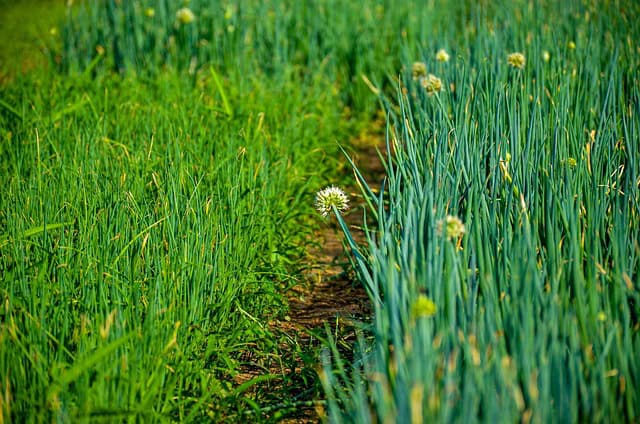
Similar to their bulbous counterparts, scallions (Allium fistulosum) can also serve as effective companions to carrots. Like onions, scallions share the capability to repel pests with their distinctive scent and can be utilized to confuse and deter carrot flies.
Their quick growth allows gardeners to harvest scallions early, making room for carrots to expand as they mature. Scallions can thrive in similar soil conditions as carrots, establishing a beneficial relationship in the garden that promotes the healthy growth of both.
Lettuce
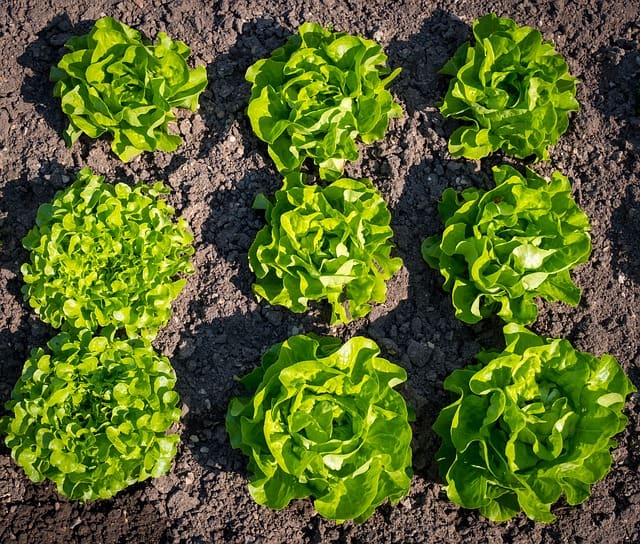
Lettuce (Lactuca sativa) is a light-feeding leafy green that makes an ideal companion for carrots. The two plants complement each other well, taking advantage of their differences in growth habit. As carrots develop underground, lettuce grows at the soil’s surface, making efficient use of garden space.
Additionally, lettuce can provide a shaded environment for young carrot seedlings, protecting them from the sun’s harsh rays. In return, carrots may help to improve the soil structure as they grow, providing a nutrient-rich environment that supports the lettuce’s growth. The two grow well together in an intercropping arrangement.
Leeks
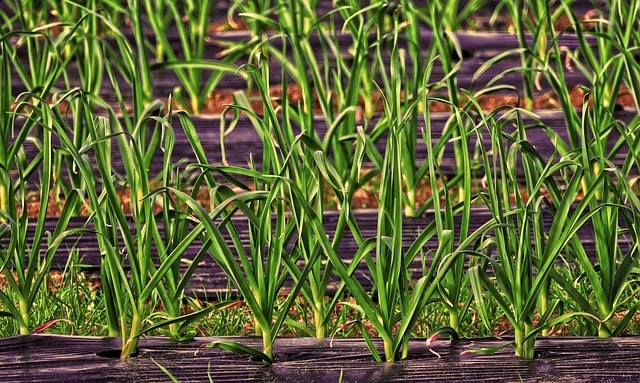
Leeks (Allium ampeloprasum) are another excellent companion for carrots, sharing similar pest-repelling qualities as onions and scallions. Their strong aroma can help mask the scent of carrots, protecting them from carrot flies.
Given their shallow root system, leeks will not compete for nutrients with carrots. When planting leeks among carrot rows, gardeners can benefit from both crops, maximizing space and promoting healthy growth. Additionally, the contrasting textures of the two plants enhance biodiversity within the garden.
Bush Beans
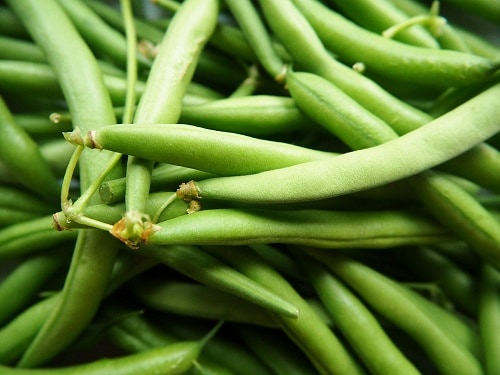
Bush beans (Phaseolus vulgaris) are nitrogen-fixing legumes that can significantly benefit the overall health of your garden when planted alongside carrots. As they grow, they enrich the soil with nitrogen, which is essential for robust carrot growth.
Moreover, bush beans can provide a physical support structure for climbing plants nearby, while also creating a green canopy that offers shade to vulnerable carrot seedlings. Their ability to deter pests—due to their intense aromatic leaves—adds another layer of protection for your carrot crop.
Radish
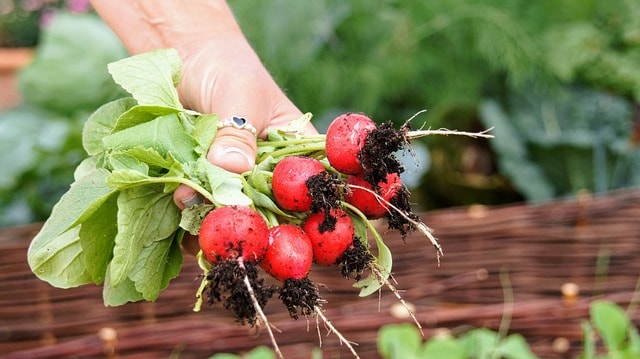
Radishes (Raphanus sativus) are a fast-growing companion that not only supports carrots but also serves its own purpose in the garden. Radishes can act as a trap crop, luring pests away from carrots due to their different growth habit and flavor profile.
The quick life cycle of radishes allows gardeners to plant them early and harvest them before carrots begin to mature fully. This provides a temporary crop while simultaneously reducing competition for resources as radishes are harvested. In terms of soil structure, their root systems provide aeration, benefiting neighboring carrots.
Beets
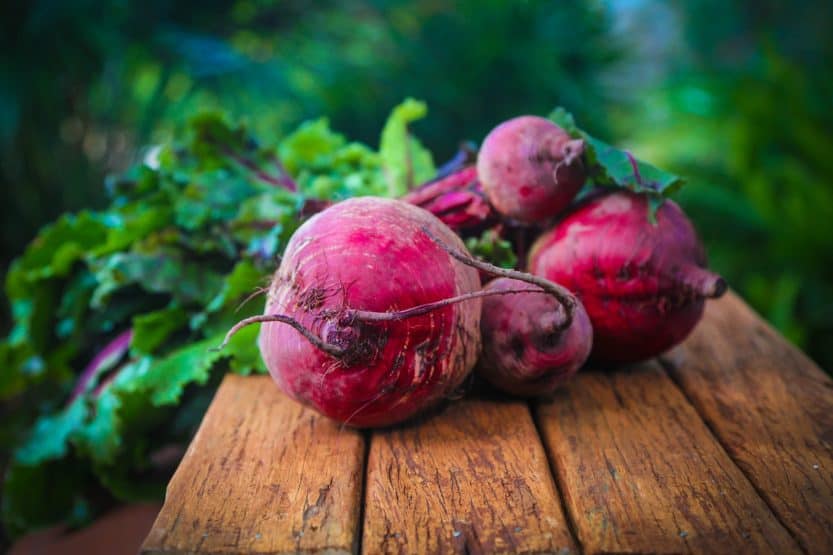
Beets (Beta vulgaris) share many similar growing conditions with carrots, making them advantageous allies. Their deep taproots can help break up compacted soil, promoting better drainage and aeration—a crucial factor for healthy carrot growth.
By interplanting beets with carrots, gardeners can maximize their yield in limited space while ensuring both crops thrive through mutual support. Both beets and carrots also require similar levels of sunlight and moisture, making for seamless cultivation together.
Spinach
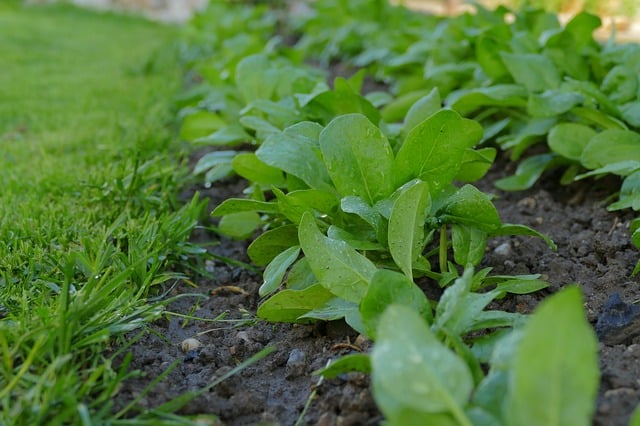
Spinach (Spinacia oleracea) is a cool-weather leafy green that can coexist beautifully with carrots. The leafy nature of spinach provides shade for young carrot seedlings, preventing malnutrition from excessive heat.
Both spinach and carrots thrive under similar soil and moisture conditions, allowing them to grow harmoniously in the same bed. Spinach can be harvested relatively early, allowing carrots the space they need to expand as they mature. By planting these crops together, gardeners can maximize their garden’s productivity and aesthetics.
Turnips
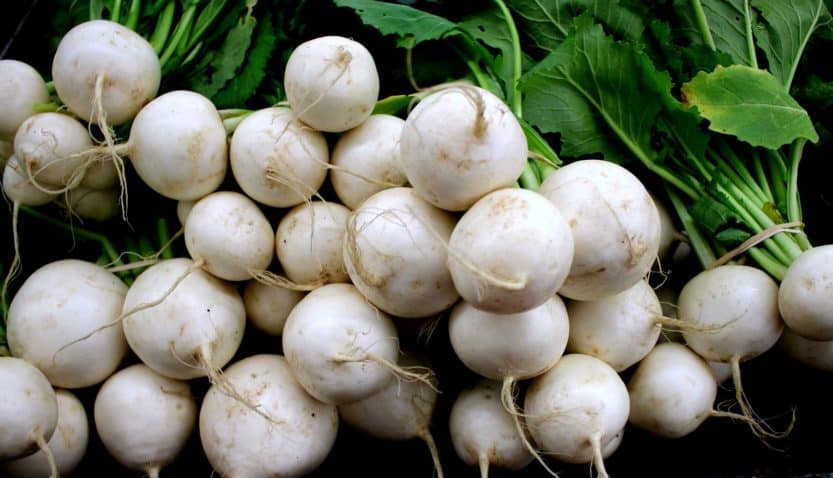
Turnips (Brassica rapa) and carrots share compatibility not only in soil conditions but also in their pest management advantages. The growth habits of both crops allow them to occupy different layers of the soil, thus minimizing competition.
Meanwhile, turnips’ foliage can provide beneficial shade for carrots. However, it’s essential to ensure that turnip leaves are not obstructing light to carrot seedlings; managing planting density can play a crucial role in this aspect. This symbiotic relationship contributes to the overall productivity of the vegetable garden.
Cabbage
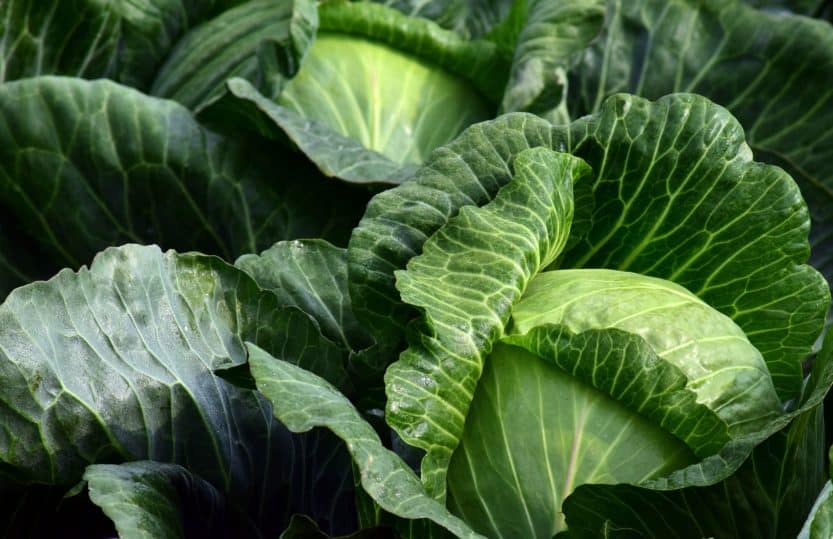
Cabbage (Brassica oleracea) can also serve as an excellent companion plant for carrots. Cabbages, with their dense foliage, can shield carrot seedlings from pests like aphids and other critters that pose a threat to young carrots.
Cabbage’s foliage can trap moisture and create a microenvironment that provides cooler temperatures for carrots as they establish themselves. Both crops tolerate similar growing conditions, allowing gardeners to make the most of their space while supporting each other in their growth journeys.
Avoid Planting These With Carrots
While certain plants thrive alongside carrots, it is equally important to be aware of those that should be kept at a distance. Some plants can hinder carrot growth through competition for resources, attract pests, or introduce unfavorable soil conditions.
Fennel
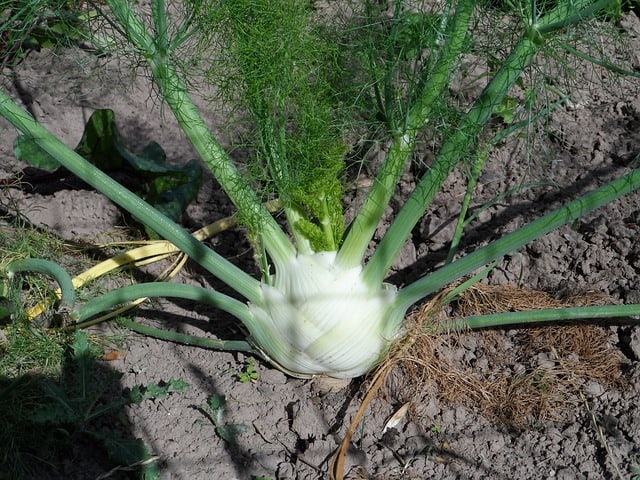
Fennel (Foeniculum vulgare) is notorious among gardeners for being detrimental to nearly all plants, including carrots. The strong compounds released by fennel can inhibit the growth of neighboring plants, leading to stunted growth and poor yields in carrots.
Diverse plantings can significantly benefit overall health, but fennel can create allelopathic effects that create significant challenges in companion planting. Therefore, it’s advisable to plant fennel in a separate area of the garden to avoid detrimental interactions.
Dill
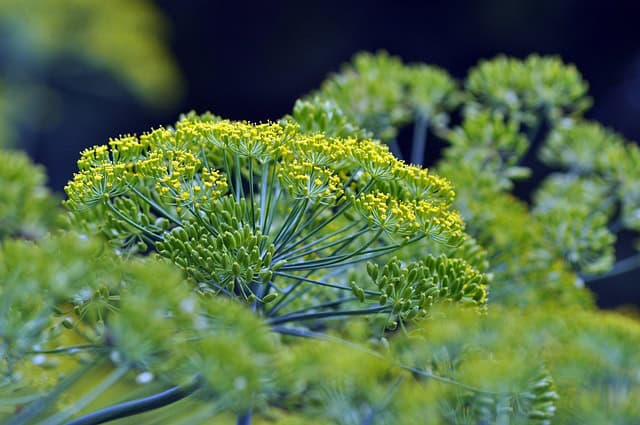
Dill (Anethum graveolens) is another herb that can be problematic when planted near carrots. While it can attract beneficial insects, it also serves to attract pests that target carrot crops. In particular, dill can attract aphids and caterpillars, which can jeopardize the health of your carrot plantings.
When considering crop rotations and planting schedules, it’s best to keep dill separate from your carrot cultivation zones as these two plants do not nurture one another effectively.
Parsnips
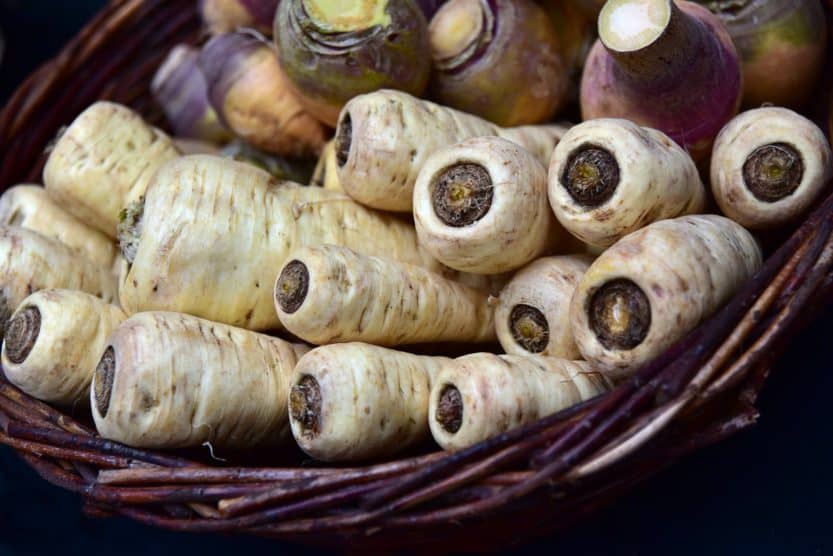
Parsnips (Pastinaca sativa), closely related to carrots, should not be planted near carrots. Although they share similar growing conditions, the two root vegetables tend to compete heavily for nutrients and space.
When interplanted, parsnip growth can inhibit carrot development, leading to diminished yields. As a good rule of thumb, choose one root crop for any given planting bed. Focusing your efforts on either carrots or parsnips allows for better resource allocation and ultimately more successful yields.
Cucurbits
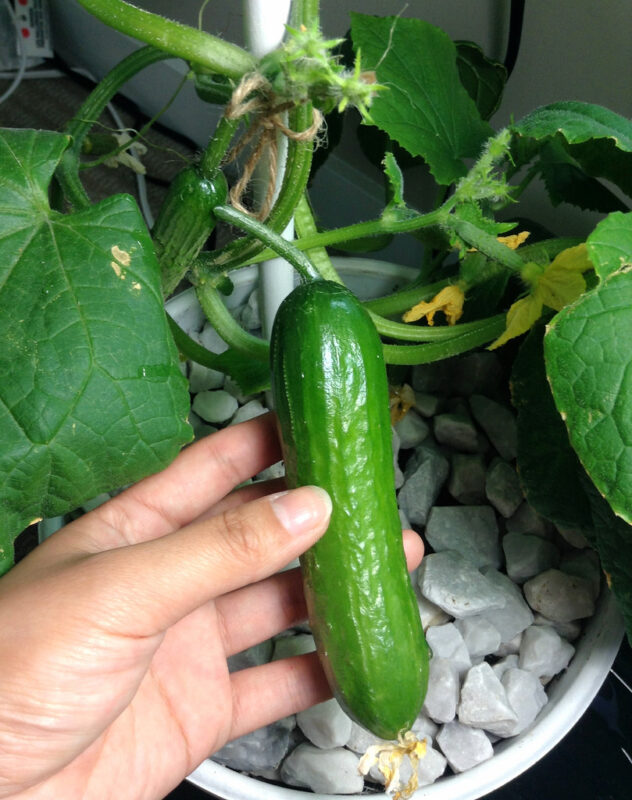
Cucurbits, including cucumbers, squash, and melons, often pose a challenge for carrot growth. These sprawling plants can overshadow tender carrot seedlings, blocking sunlight and restricting growth.
Moreover, cucurbits attract a host of pests, such as cucumber beetles and squash vine borers, which can also cause issues for carrots. Their sprawling growth habit leads to competition for land and resources, which can hinder healthy growth for carrot plants. Therefore, it is advisable to provide dedicated planting spaces for cucurbits away from carrots.
Conclusion
Companion planting can transform your carrot-growing experience, allowing for healthier plants, higher yields, and a more vibrant garden overall. By incorporating suitable flower, herb, and vegetable companions, homeowners can create a beneficial ecosystem that deters pests and enhances growth.


